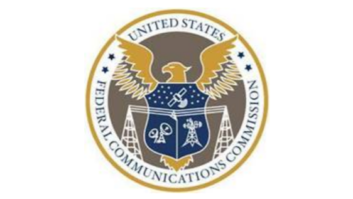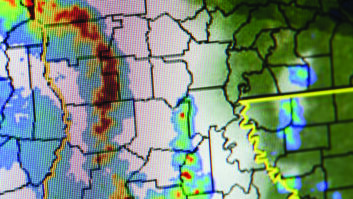
PALMER, Alaska — No one pushed the wrong button. That is the official assessment from the broadcast co-chair of the Alaska State Emergency Communications Committee regarding the false tsunami EAS alert that was broadcast over the air and to cable systems on May 11.
In a statement sent to the Alaska Broadcast Association and shared with Radio World, Broadcast Co-Chair Dennis Bookey said that on the morning of May 11, Alaska broadcast stations and cable systems carried one (and in some cases two) tsunami warnings that were actually a test — not a real alert — sent by the National Tsunami Warning Center in Palmer, Alaska.
Specifically, the Alaska EAS system uses a commercial vendor to supply an additional relay primarily for tsunami and AMBER EAS activations. This system, the Emergency Management Network (EMnet), is an internet and satellite-based system capable of distributing both EAS and CAP messages that is managed by the vendor Comlabs. The network delivers messages to the state’s series of 22 LP-1 stations, the Alaska Rural Communications Service, Alaska Public Radio News and other key input points across the state. EMnet in turn is hooked up to the National Weather Service Weather Wire, which carries all warnings and has to filter out the test.
On the morning of May 11, Bookey said, some coding contained within the vendor’s weather processing server failed to recognize the tsunami warning as a test.“This allowed the test to pass through to the LP-1s and be carried over the air and daisy-chained to all the stations and systems monitoring their LP-1s in the warned areas,” he said.
Parts of the Alaska EAS system for tsunami warnings are automated because lives are at stake and in the case of a real tsunami, every second counts, Bookey added.
Bookey said that the issue has since been rectified.
Bookey also clarified to broadcast association members that no one received a WEA alert on their phone. The NOAA Weather Radio did not send out an alert. No tsunami sirens went off and no evacuations were started, Bookey said.
In response to the false alert, Bookey said the website tsunami.gov posted a large green banner clarifying that no warnings were in effect.“Fortunately, with this happening on a weekday and during morning drive, broadcasters were quickly able to get the false alert information to the airwaves,” Bookey said.
But Bookey clarified that none of these mitigating factors take away from the hit that EAS has again taken to its credibility.
“Some stations had to field a tremendous amount of phone calls on the false alert. Those of us that work hard to make Alaska’s EAS warning system as reliable and credible as possible are more than sorry to see that happen,” he said. “All I can tell you is that we will continue to work as hard as possible to improve the system with the resources and format architecture given to us.”
In Alaska as elsewhere, the EAS system uses three-letter activation codes for each kind of alert while other tests — namely the monthly test, weekly test and national periodic test — all have special independent codes.
On May 11, the Tsunami Warning Center sent out a TSW code — the same as a real activation — but included a test identifier elsewhere in the message that has to be read by software. “So in reality, the message says it’s the real thing and a test,” he said.But this doesn’t take the equipment provider working with EMnet off the hook, he said. “It never should have happened. But the fact that it keeps happening … suggests … that the format of the internal testing system for tsunamis [needs] a second look.”
Several other false tsunami alerts have happened since the beginning of 2018, including one in Texas and another in New York.
In January, Alaska’s director of Homeland Security and Emergency Management told the Anchorage Daily News that Alaska’s EAS system would not be as vulnerable to a false ballistic missile alarm, such as the one that occurred on Jan. 13 in Hawaii.
“We don’t have a simple button that you would hit, and it could be the wrong button,” Mike Sutton, the state’s director, told the newspaper. “We have to manually create the message, type in a password, click multiple buttons and then, before you transmit, the system is going to ask the operator to type ‘Yes’ before you are allowed to actually proceed.”












